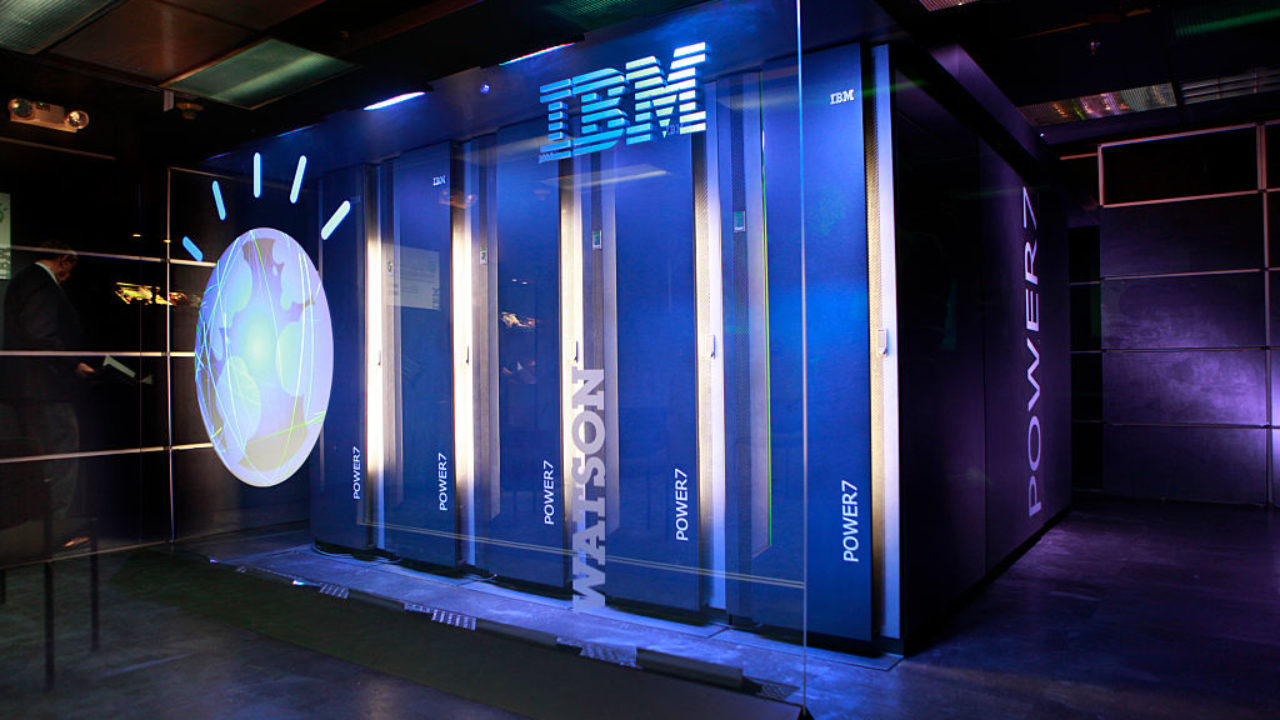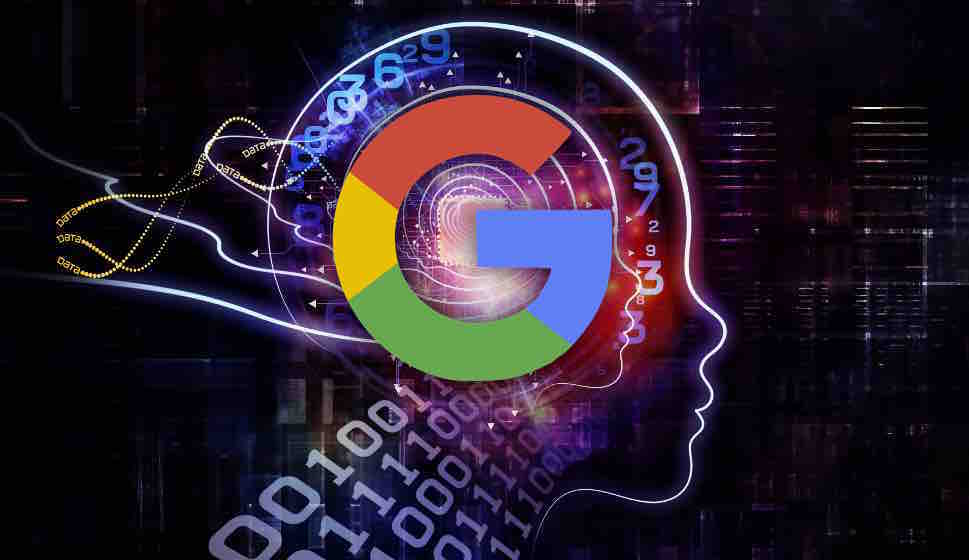
2016 saw the triumph of AlphaGo, a computer program that defeated Lee Sedol, human champion in Go. Go is a difficult game. Google Image Search is the most popular application of machine-learning. These programs conceal the complexity of the search process, and they receive 30 billion searches per day. These are just a few examples of applications that employ machine learning. Continue reading to learn more about machine-learning. The number of applications available is almost equal to the number of applications.
Autonomous cars
There are two learning models in machine learning: supervised and unsupervised. Supervised training allows an algorithm, based upon fully-labeled datasets, to evaluate a trained dataset. This makes it more useful in classification tasks like identifying signs or objects. Machine learning for self driving cars requires algorithms like SIFT to recognize objects and interpret them. These algorithms can also be used to learn about other objects.
Recent advances have been made in the field of automated shuttles. InnovizOne solid, state LiDAR units was chosen by Tier-1 automotive suppliers for its multi-year autonomous Shuttle program. The shuttles will transport passengers to geofenced areas. Waymo's robotaxi initiative and other projects remain in development. Self-driving delivery vehicles will enable efficient transport of goods. This technology will also bring benefits to the freight sector.

Image recognition
Image recognition technology is used to identify objects and people within images. This technology is critical for many industries which produce large amounts of digital information. In addition, people are trained to recognize objects in images. Smartphone cameras are able to generate large numbers of digital images that can be used by businesses for improved services and products. Smartphone cameras are able to identify people and certain objects. Image recognition software can detect objects or people in photographs and make recommendations.
Image recognition software has a problem when it cannot distinguish objects if they are aligned differently. The problem is caused by the fact that real-life images often show objects in different orientations. This makes it difficult for image recognition software to recognize these objects. The system may misclassify objects if they are different in size. This problem can be corrected by image recognition software that analyzes tens to thousands of images that have been tagged with the keyword "chair".
Predictive maintenance
A predictive maintenance system is a useful tool for anyone in the maintenance industry looking to improve their operational efficiency. Machine learning has made it possible to accurately predict failure, increase operational efficiency, reduce maintenance costs, and improve overall profitability. Predictive monitoring can be used for many purposes, including equipment health and utilization monitoring, troubleshooting, as well as equipment health monitoring. But, predictive maintenance will require you to collect data about various failure patterns and degradation patterns. This will enable you to gain a better understanding about the possible faults and associated failure and degradation risks.
Predictive maintenance can be used to improve the efficiency of public sector agencies. Internet of Things (IoT), allows machine-tomachine communication. IoT sensors produce data. Machine-learning algorithms can use these data to improve the supply chain operations of public sector agencies. This data can be used to help preserve costly assets for longer periods. The next step in machine-to-machine communication is to make predictive maintenance more accessible to machine-to-machine communication.

Cyber security
Cyber security applications can use machine learning to identify and prevent attacks. Machines can learn from data, and they can perform tasks such as detecting malicious code and identifying phishing emails. Machines can categorize and classify cyber topics. Machine learning is also used by cybersecurity professionals to quickly detect new threats. Cyber security applications machine learning will improve security processes, reduce the risk of attacks, and increase overall performance. Further information can be found at "What Machine Learning is and How Can it Benefit Your Business?"
The use of ML in cyber security is not new, and it is becoming increasingly common. Researchers at MIT devised a system that analyzes millions per day of logins and passes them on for analysis to human analysts. This increased attack detection by 85%. AI can also help prevent data breaches by blocking zero day exploits. AI has been used successfully by researchers at Booz Allen Hamilton and University of Maryland to protect cybersecurity. AI tools are used to prioritise security resources and triage threat threats.
FAQ
How does AI work?
It is important to have a basic understanding of computing principles before you can understand how AI works.
Computers store information in memory. Computers use code to process information. The code tells computers what to do next.
An algorithm is a set of instructions that tell the computer how to perform a specific task. These algorithms are often written in code.
An algorithm could be described as a recipe. A recipe can include ingredients and steps. Each step may be a different instruction. One instruction may say "Add water to the pot", while another might say "Heat the pot until it boils."
What are the benefits from AI?
Artificial Intelligence is an emerging technology that could change how we live our lives forever. Artificial Intelligence is already changing the way that healthcare and finance are run. And it's predicted to have profound effects on everything from education to government services by 2025.
AI is already being used in solving problems in areas like medicine, transportation and energy as well as security and manufacturing. There are many applications that AI can be used to solve problems in medicine, transportation, energy, security and manufacturing.
What is it that makes it so unique? First, it learns. Computers learn by themselves, unlike humans. Computers don't need to be taught, but they can simply observe patterns and then apply the learned skills when necessary.
It's this ability to learn quickly that sets AI apart from traditional software. Computers can process millions of pages of text per second. They can instantly translate foreign languages and recognize faces.
It can also complete tasks faster than humans because it doesn't require human intervention. It can even surpass us in certain situations.
In 2017, researchers created a chatbot called Eugene Goostman. It fooled many people into believing it was Vladimir Putin.
This shows that AI can be extremely convincing. AI's adaptability is another advantage. It can be taught to perform new tasks quickly and efficiently.
This means that companies don't have the need to invest large sums of money in IT infrastructure or hire large numbers.
Who are the leaders in today's AI market?
Artificial Intelligence, also known as computer science, is the study of creating intelligent machines capable to perform tasks that normally require human intelligence.
Today, there are many different types of artificial intelligence technologies, including machine learning, neural networks, expert systems, evolutionary computing, genetic algorithms, fuzzy logic, rule-based systems, case-based reasoning, knowledge representation and ontology engineering, and agent technology.
There has been much debate over whether AI can understand human thoughts. But, deep learning and other recent developments have made it possible to create programs capable of performing certain tasks.
Google's DeepMind unit, one of the largest developers of AI software in the world, is today. Demis Hashibis, the former head at University College London's neuroscience department, established it in 2010. In 2014, DeepMind created AlphaGo, a program designed to play Go against a top professional player.
Statistics
- The company's AI team trained an image recognition model to 85 percent accuracy using billions of public Instagram photos tagged with hashtags. (builtin.com)
- A 2021 Pew Research survey revealed that 37 percent of respondents who are more concerned than excited about AI had concerns including job loss, privacy, and AI's potential to “surpass human skills.” (builtin.com)
- More than 70 percent of users claim they book trips on their phones, review travel tips, and research local landmarks and restaurants. (builtin.com)
- In the first half of 2017, the company discovered and banned 300,000 terrorist-linked accounts, 95 percent of which were found by non-human, artificially intelligent machines. (builtin.com)
- While all of it is still what seems like a far way off, the future of this technology presents a Catch-22, able to solve the world's problems and likely to power all the A.I. systems on earth, but also incredibly dangerous in the wrong hands. (forbes.com)
External Links
How To
How to create an AI program
You will need to be able to program to build an AI program. There are many programming languages out there, but Python is the most popular. You can also find free online resources such as YouTube videos or courses.
Here's a brief tutorial on how you can set up a simple project called "Hello World".
First, you'll need to open a new file. This is done by pressing Ctrl+N on Windows, and Command+N on Macs.
Type hello world in the box. Enter to save this file.
Press F5 to launch the program.
The program should display Hello World!
However, this is just the beginning. If you want to make a more advanced program, check out these tutorials.